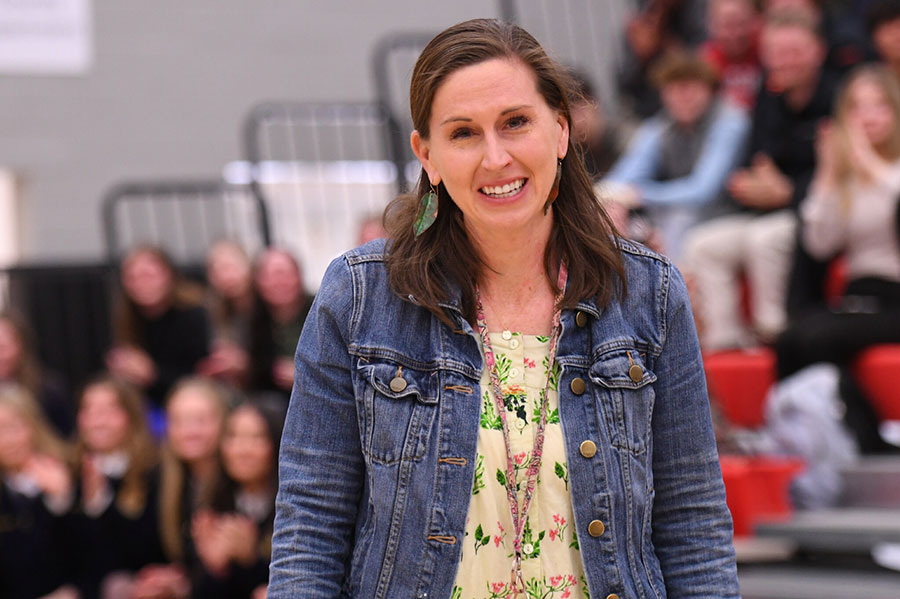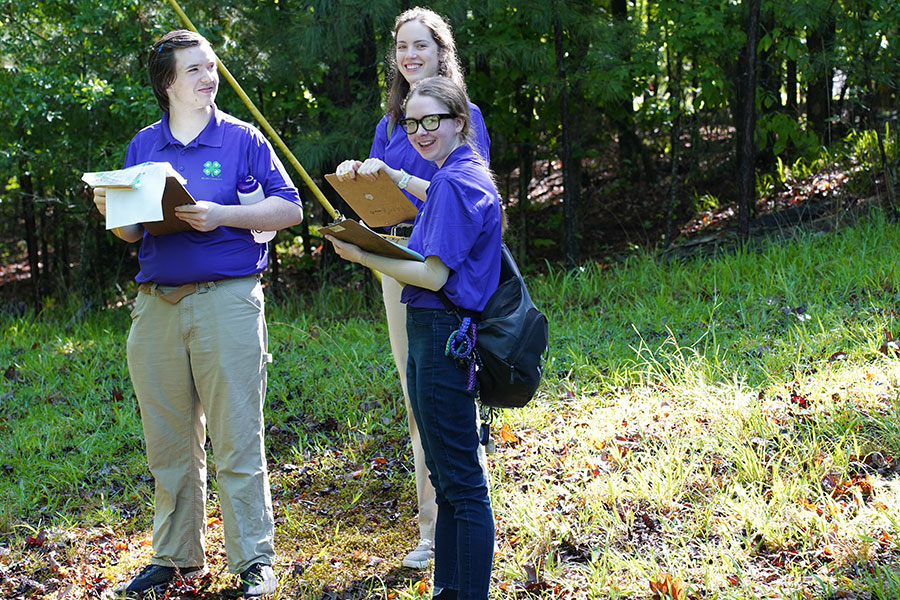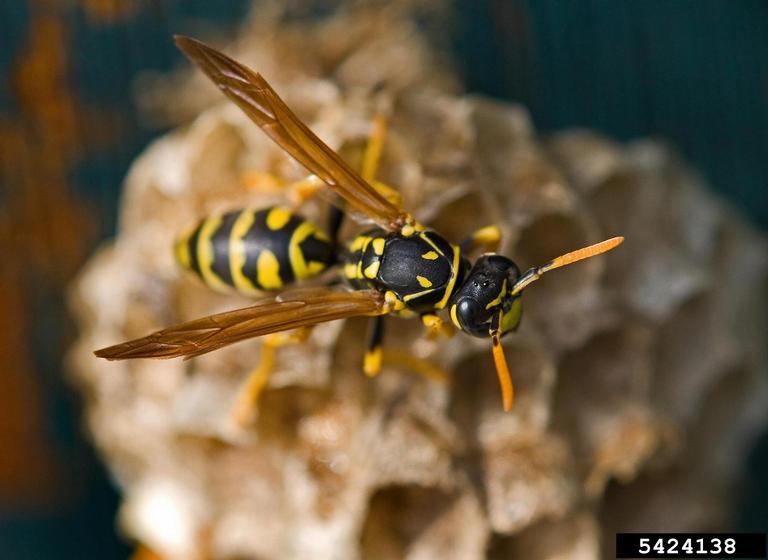A new program to certify the sweetness of Vidalia onions is about to make it put-up-or-shut-up time in the produce market. Based on University of Georgia research, the program may change forever the way shoppers buy sweet onions.
"How many years have we had the arguments, 'My onions are sweeter than yours'?" said Kurt Schweitzer, owner of Keystone Fruit Marketing, Inc. "Now we have something that can place all sweet onions on the same scale."
Between them, Keystone and Seald Sweet Growers, Inc., market Plantation Sweets and Bland Farms Vidalia onions to nearly all major food stores.
The two farms have each committed about 600 acres to the new certification program. Each has the option of enrolling more acres. Plantation Sweets and Bland Farms grow 3,800 acres, or about one-fourth of the overall crop of Vidalia onions.
An independent firm, Vidalia Labs, Inc., will test and certify the onions. The lab will certify a field's onions, based on their pyruvic acid content, as "extra sweet" or "sweet." Or it won't certify them at all.
"The pyruvic acid content is a good indirect measure of an onion's flavor," said Bill Randle, a horticulturist with the UGA College of Agricultural and Environmental Sciences.
A dry onion bulb has very little flavor, Randle said. As you cut or bite into it, the onion produces the compounds that give it its characteristic flavor. Those flavor compounds are unstable, he said. But pyruvic acid, a by-product of the process, is stable and easy to measure. Simply put, onions with low pyruvic acid levels taste sweet. Those with high levels taste hot. "Taste panel tests at New Mexico State established a strong correlation between pyruvic acid levels and the perception of sweetness in onions," Randle said. |
|
Randle, who has studied onion flavors since 1989, streamlined the pyruvic acid testing method in 1993 into a simple, 15-minute test.
Then in 1997, his research established the number of samples needed to predict the pungency of a field's onions with 95 percent confidence.
After sampling and testing the onions, Vidalia Labs will use satellite technology to give the farms what amounts to sweetness maps of their onion fields.
Farm workers will then harvest the onions by lots and carefully track them through the shipping process. The farms have given Vidalia Labs the right to random audits of the packing sheds to make sure the lots aren't mixed.
"We're going to run a strict certification program," said David Burrell of Vidalia Labs. "We intend to focus the competition in this business on what made Vidalia onions famous in the first place -- their sweetness."
Download the color .TIF -- 2.24 M. Download the grayscale .TIF -- 765 K. |
Shoppers will provide the final test. Burrell believes they will decide the fluorescent pink and green certified extra sweet and sweet labels are worth a premium price. If they do, Vidalia onion and other sweet onion growers elsewhere will probably follow suit. "This is the first attempt for anybody to define what makes a sweet onion and set a standard to meet that definition," said Ronnie Collins, owner of Plantation Sweets. "It's gotten confusing out there. There seems to be another 'sweet onion' on every corner." |
Mike Agostini, category manager of produce for Food Lion, said the certification is needed. "There's a large range of the quality of sweetness and lack of harshness in 'sweet' onions," he said. "This is like insurance that the onions we're carrying are in the upper band of that range."
Collins said the program will cost growers a little more and add some headaches. But he expects big rewards.
"We've got to do something to prove Vidalia onions are the sweetest in the world," he said. "I think it's going to restore consumers' confidence in Vidalia onions and become a standard for the industry."






